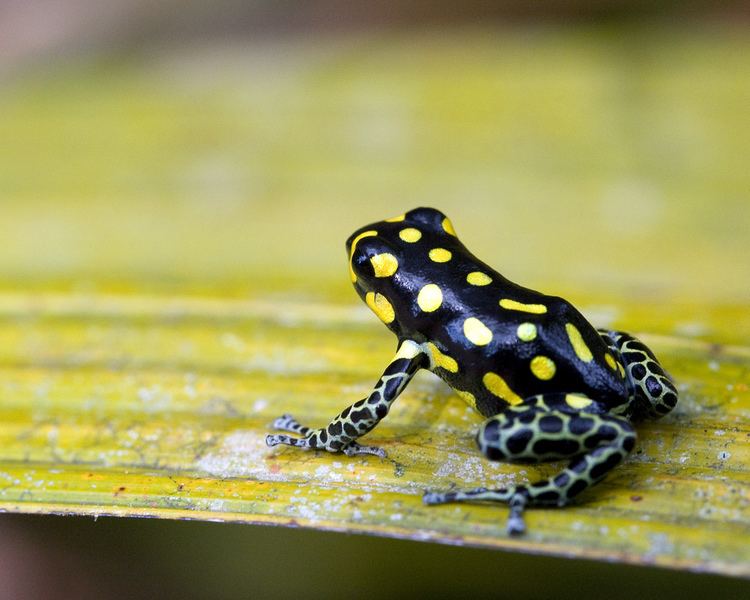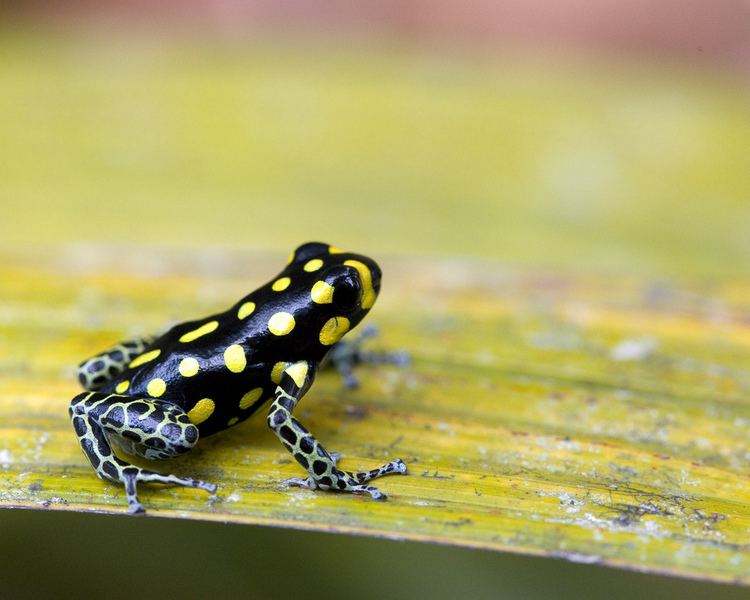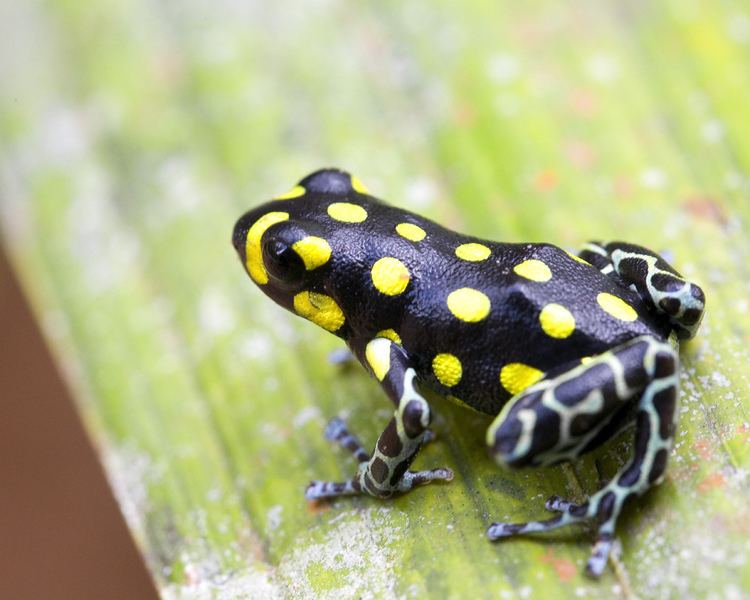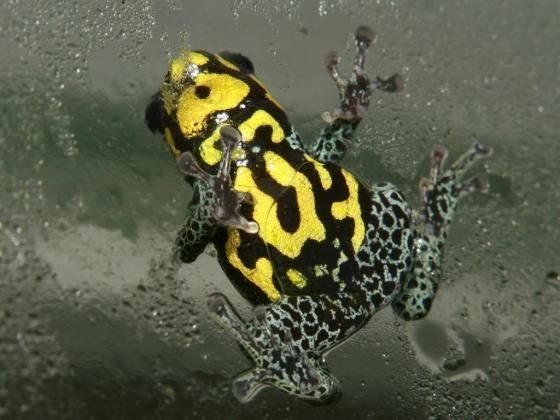Order Anura Higher classification Poison-dart Frogs | Phylum Chordata Family Dendrobatidae Scientific name Dendrobates vanzolinii Rank Species | |
 | ||
Similar Poison dart frog, Frog, Poison‑dart Frogs, Ranitomeya, Mimic poison frog | ||
Ranitomeya vanzolinii calling poison dart frog close up
Ranitomeya vanzolinii, also known as the Brazilian poison frog or spotted poison frog, is a species of frog from the family Dendrobatidae. It is found in the Amazonian rainforests of Brazil and Peru, and possibly Bolivia.
Contents
- Ranitomeya vanzolinii calling poison dart frog close up
- Poison dart frogs ranitomeya vanzolinii eating hd
- Etymology
- Description
- Habitat and conservation
- References

Poison dart frogs ranitomeya vanzolinii eating hd
Etymology
The specific name vanzolinii honors Paulo Vanzolini, a Brazilian herpetologist and composer.
Description

Adults of this species grow to between 16.7–19 mm (0.66–0.75 in) snout–vent length and feed on a variety of tiny invertebrates. During the breeding season males have loud trill-like call. Unlike many species of dendrobatids the parents of Ranitomeya vanzolinii offspring return to feed their young. They will lay their fertile egg in an isolated pool. A bromeliad which has filled with water is an ideal place. Once the tadpole hatches the female encouraged by the male will lay an infertile egg into the small pool, this provides the tadpole with a food source until it can fend for itself. The parents form a stable pair during this period.
Habitat and conservation

The species' natural habitats are pre-montane cloud forests and lowland rainforests. Adults are primarily arboreal, mostly found up to 2 metres above ground, occasionally higher.
Populations have probably declined in recent years. It is locally threatened by habitat loss and illegal pet trade.
